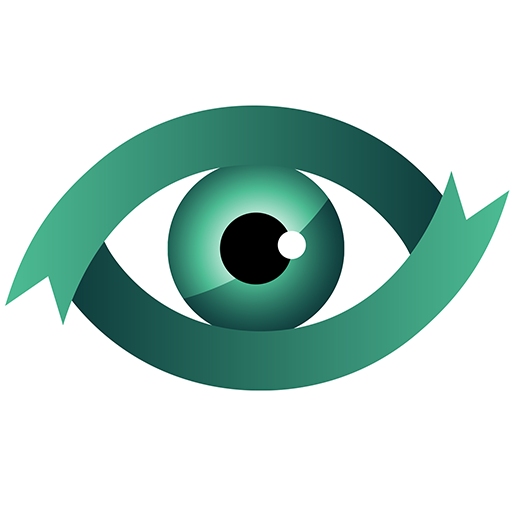An Inside Look At The DMV’s Eye Test
The simple eye test they make you take at the DMV is more than what it seems. The infamous eye chart we see at the DMV, or wherever we get our eyes tested, is a useful tool that helps determine our vision quickly and easily. But, even though the chart may appear as just a white poster with black letters eventually getting smaller, there is a real science to it!
Who Created The Eye Chart
Herman Snellen, a Dutch optometrist, created the chart in 1862. He created the chart originally to be made up of shapes, but later changed it to be letters. The chart has not changed much sense and the same science and measurement behind it are used today!
How It Works
The eye chart’s purpose is to measure visual acuity, and it does this by using precise math. It measures each individual’s visual acuity by degrees. More specifically, the chart finds our ‘resolution limit.’ Our resolution limit is the shortest distance between two points that can determined by our eyes as separate objects. When two objects are close together, they tend to blur together and can not be told apart by the human eye anymore. A normal adult has a resoultion limit of 1/60th of a degree, also known as one arcminute.
If you stand 20 feet away and can read all the letters on the 6 m line, then you would be considered to have 20/20 vision. Therefore, the white and black patterns you are looking at from 20 feet away are just at the limit of your eye’s resolution limit. It does not have to stop there though. 20/20 vision is not the ‘perfect’ vision, as it is possible to read the lines under it. However, 20/20 vision is the baseline everything is measured against.
What To Take Away
The DMV eye chart is an important and mandatory test in acuity, and is slightly more complex than most people think. Although testing your acuity is important, there are many other factors that go into our eye health that determine how well our eye’s really are.





No Comments